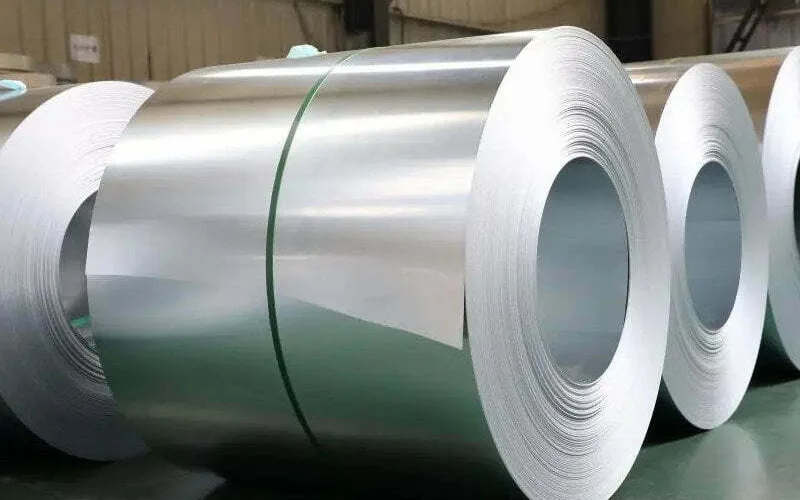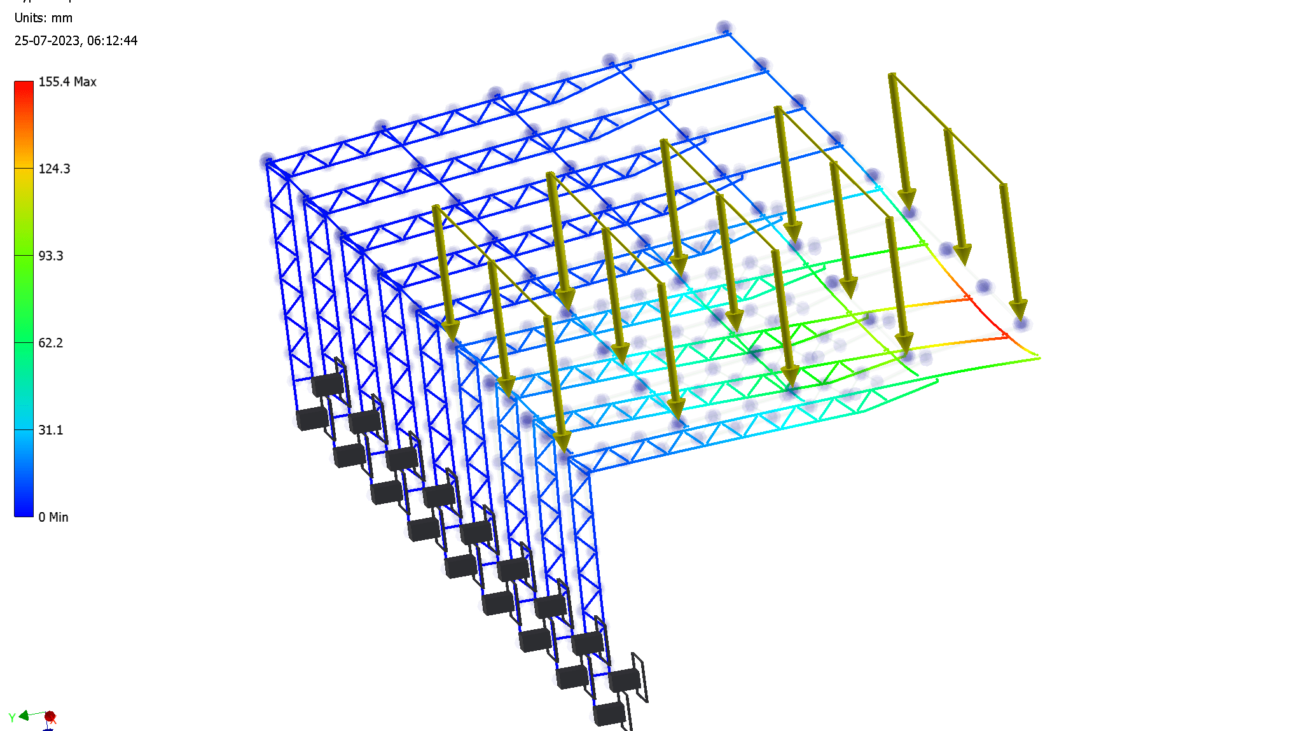
Introduction:
In the quest for sustainable energy solutions, solar power has emerged as a frontrunner. An often underestimated aspect of solar installations is the choice of mounting structures. Structura Metal, a pioneering company based in Aurangabad, recognizes the immense potential of steel structures in solar mounting. This article uncovers the advantages of employing steel structures for solar mounting and how they significantly contribute to stability and durability.
Benefits of Steel Structures in Solar Mounting:
1. Enhanced Stability:
Steel structures bring an unmatched level of stability to solar mounting. Their robustness and load-bearing capacity ensure that solar panels remain securely in place even in challenging weather conditions, reducing the risk of damage and enhancing long-term performance.
2. Durability Beyond Compare:
When it comes to longevity, steel reigns supreme. Its resilience against environmental factors such as corrosion, UV radiation, and temperature variations ensures that your solar installation maintains its structural integrity over time.
3. Customizable Design Options:
Steel’s flexibility allows for intricate and tailored designs. Whether you require ground-mounted solar systems or integrated rooftop installations, steel solar racking systems can be customized to fit the unique specifications of your project.
4. Corrosion Resistance:
Structura Metal employs advanced corrosion-resistant coatings on its steel structures. This protection safeguards against rust and deterioration, extending the lifespan of the mounting system and ensuring consistent performance.
5. Sustainability in Action:
Choosing steel structures aligns with sustainability goals. Steel is recyclable, reducing the environmental impact of your solar project. Its durability also means fewer replacements, contributing to a greener energy solution in the long run.
6. Versatility in Applications:
From ground-mounted solar systems to rooftop installations, steel’s versatility accommodates various applications. Whether you’re considering commercial, industrial, or residential projects, steel solar mounts offer adaptability.
Steel vs. Aluminum Solar Mounts:
Steel structures offer numerous advantages over aluminum counterparts:
Strength and Load-Bearing Capacity: Steel’s exceptional strength ensures stability in high-stress conditions, outperforming aluminum in load-bearing capacity.
Longevity: The durability of steel makes it a cost-effective choice in the long run due to reduced maintenance and replacements.
Corrosion Resistance: Properly coated steel is more resilient against corrosion compared to aluminum.
Customization: Steel’s malleability allows for intricate designs that cater to specific project requirements.
Environmental Impact: Recyclable steel is a sustainable choice compared to aluminum.
Conclusion:
Structura Metal’s emphasis on steel structures for solar mounting presents an array of advantages. The enhanced stability, durability, and customization options that steel brings to solar panel installations are truly remarkable. As global energy demands evolve and sustainability takes center stage, opting for steel mounting solutions proves to be a smart choice. With its corrosion resistance, load-bearing capacity, and versatile applications, steel structures from Structura Metal pave the way for a stable and enduring solar future.

